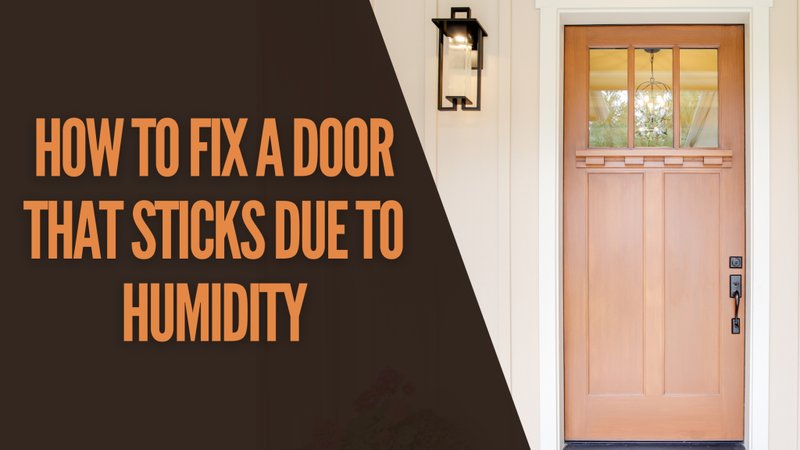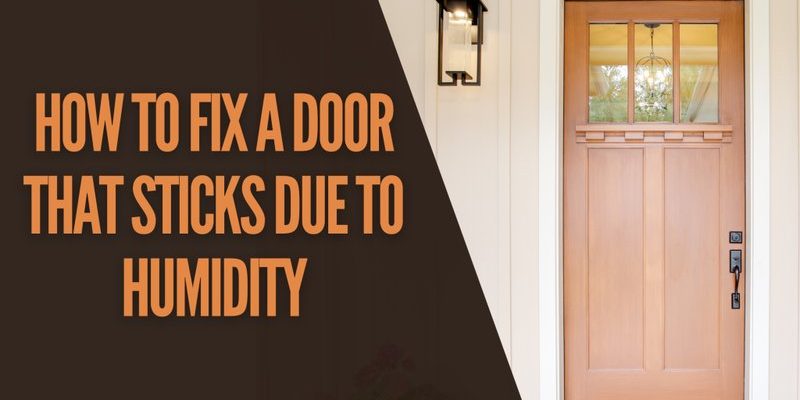
Humidity can create the perfect environment for rust to thrive. Over time, rust can lead to a sticky latch, awkward noises, or even complete malfunction. It’s like watching your favorite superhero slowly lose their powers. So, what can you do to protect your latches? Let’s dive into some practical tips and strategies to keep rust away and ensure your door latches stay as reliable as ever.
Understanding Rust and Humidity
To tackle rust, it’s important to understand what it is. Rust forms when metal reacts with moisture and oxygen. In high-humidity areas, the air is saturated with moisture, creating the ideal conditions for rust to develop. Imagine leaving a bike outside during a rainy season; you’d quickly find rust spots forming. Your door latches are just as vulnerable.
Rust on door latches can lead to functionality issues. When it builds up, it can make the latch hard to operate. You might find yourself wrestling with a door that just won’t budge. Not only does this frustrate you, but it could also lead to more significant damage that’s expensive to fix. This is why prevention is key.
Selecting Rust-Resistant Materials
When it comes to purchasing door latches, consider opting for rust-resistant materials. Stainless steel or brass latches tend to hold up better in humid conditions. Stainless steel contains chromium, which helps prevent rust. Think of it as adding an armor layer to your latch.
If you’re installing new latches, take the time to research brands known for durability in humid climates. Brands like Schlage and Kwikset offer products that are designed specifically for high-humidity areas. Investing a bit more initially can save you time and headaches down the road.
Regular Maintenance: Your Best Friend
Now that you’ve installed rust-resistant latches, don’t forget about maintenance. Just like you wouldn’t skip regular oil changes for your car, you shouldn’t overlook your door latches. A simple routine can go a long way in preventing rust.
Here’s a quick maintenance checklist:
- Wipe down the latches regularly with a dry cloth to remove moisture.
- Apply a light coat of oil, like WD-40, to keep them functioning smoothly.
- Inspect for any signs of rust or corrosion and address them immediately.
It doesn’t take much time, and it can extend the life of your latches significantly. Just like watering a plant helps it thrive, maintaining your latches keeps them in optimal condition.
Using Protective Coatings
Another smart strategy to prevent rust on your door latches is to apply protective coatings. These coatings create a barrier between the metal and moisture. You can find various spray-on products designed for metal surfaces, and many are simple to apply.
Just follow these steps:
1. Clean the latch thoroughly to remove dirt and grease.
2. Dry it completely to ensure the coating adheres well.
3. Spray a thin, even layer of the protective coating and allow it to dry.
Regular application of these coatings can significantly reduce rust risk. Think of it as giving your latch a raincoat. It might take a little effort upfront, but it’s worth it for the long-term protection.
Controlling Indoor Humidity Levels
While you can’t control the weather outside, you can manage humidity levels inside your home. Using dehumidifiers or air conditioners can help keep the indoor air dry, reducing rust risk for your latches and other metal fixtures.
Monitor your indoor humidity levels with a hygrometer. Ideally, you want to keep humidity below 50%. If you find it’s consistently high, consider investing in a dehumidifier. Not only will it help your latches, but it will also create a more comfortable living environment.
Addressing Issues Promptly
If you start to notice any signs of rust on your door latches, tackle it immediately. Here’s how:
1. Use a fine-grit sandpaper to gently scrub away the rust.
2. Wipe down the area with a cloth to remove debris.
3. Apply a rust-inhibiting primer followed by paint if necessary.
Ignoring these issues can lead to bigger problems down the road. Rust might look small at first, but it can quickly eat away at metal, leading to major repairs.
Preventing rust on interior door latches in high-humidity areas is all about being proactive. By choosing rust-resistant materials, maintaining your latches, applying protective coatings, managing indoor humidity, and addressing issues as they arise, you can keep those latches functioning smoothly for years to come.
Remember, just like a hero in a story, your door latches deserve a little care and attention. By following these simple steps, you can ensure they remain reliable and welcoming every time you open your door. Keep your home comfortable and secure—your latches will thank you!
